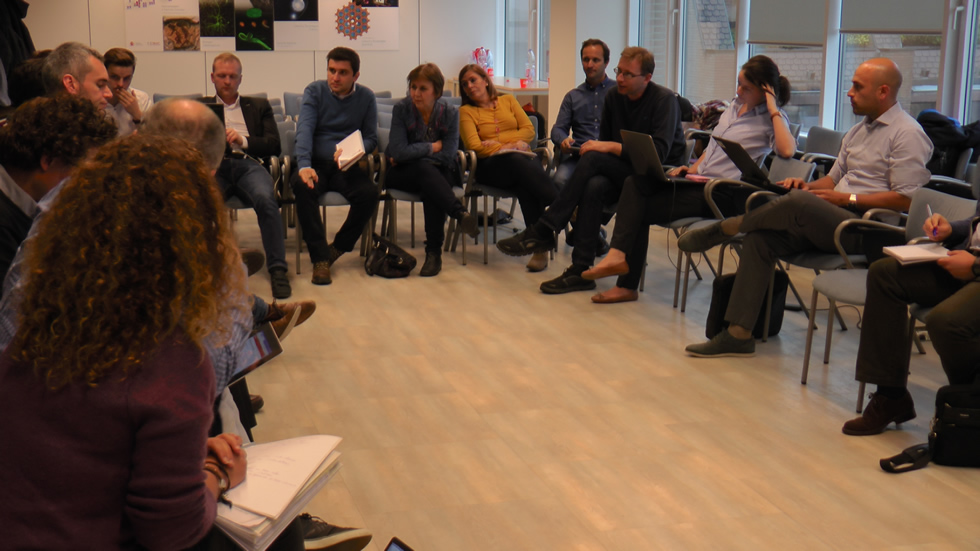The first day of a general meeting among all the members of the Energy in Time Project held on November, 9th, was quite a dense and practical day allowing the participants to evaluate the effort and outcomes and define the next steps to reach 100 per cent of the objectives set up for this project.
The result of the EiT project – a holistic solution based on the modern technologies for metering power consumption in buildings and suggesting improvements for its reduction – is not only a technical system but much more than that. The solution is characterized by a multi-user and multi-task approach. That is, it can be used by many different user groups, for example, executive managers, maintenance group, experts and so on, for various tasks such as reporting, analysis, monitoring, etc. The most relevant feature of this complex solution is that it is for decision support. The system has the capacity to generate recommendations to optimize energy efficiency in a building.
It is also worthy stressing that the developed modules are in continuous calibration in an attempt to adapt to the real conditions of any building and the weather of each place. The goal is to cover the whole building life cycle providing retrofitting solutions to the owner of the building. This challenging objective requires turning of data into a useful information for what data mining is applied to process and store a large amount of data. It is used as a complement to a decision support tool using statistical analysis and artificial intelligence. The outcomes will be, for instance, predictions of energy demand by the building in different period of times or optimization of the building performance after application of recommendations or controlling different sensors responsible for actions like heating, cooling, lightning, etc.
The concern of all the participants of the consortium was put on the additional value that the project can provide through its different modules and a general solution itself. Testing is a critical task and thus needs to be coordinated in a careful way increasing communication within the consortium. That is why the participants actively debated and agreed the control strategies for each pilot deployed in four different places.











